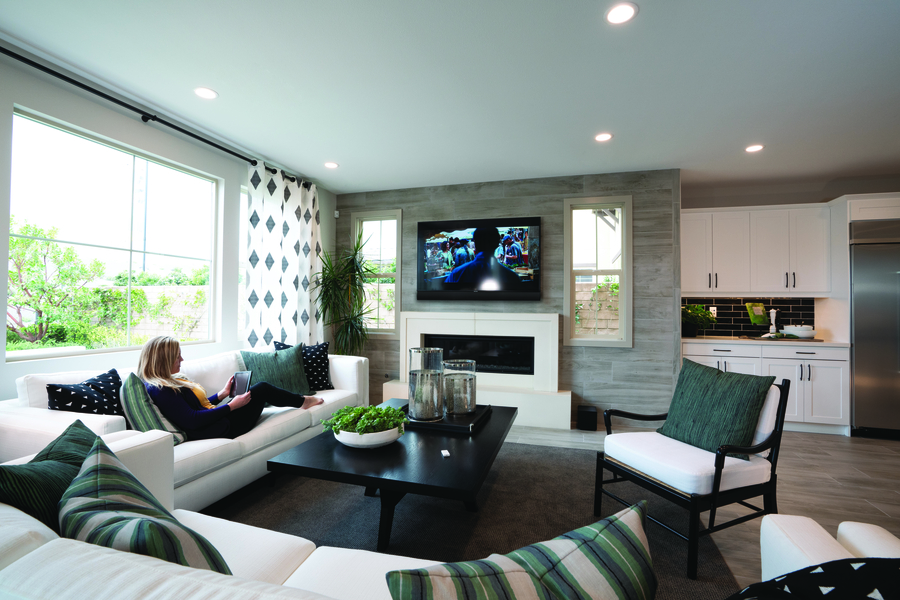Illuminating the Impact of Illumination Circumstances on Motion Identification Accuracy and Reliability
Illuminating the Impact of Illumination Circumstances on Motion Identification Accuracy and Reliability
Blog Article
Lighting conditions have a crucial role in how effectively we can perceive movement. Movement detection is a critical aspect of various technologies, including security cameras, automated lighting systems, and even some gaming applications. Comprehending the ways various illumination environments influence our capacity to detect motion can assist enhance the development and efficacy of these technologies. For instance, inadequate illumination can result in overlooked motions or incorrect alerts, while ideal illumination can boost the precision of movement detection systems.
In well-lit lighting environments, movement detection is generally more reliable. When there is ample illumination, sensors and cameras can capture sharper images, which assists in identifying dynamic elements. Well-lit environments allow for better contrast between the dynamic object and the surroundings. This contrast is crucial for both human observers and mechanical systems, as it facilitates it easier to distinguish between static and moving objects in a setting. Therefore, making sure that areas are well-lit can significantly enhance the performance of movement detection systems.
On the other hand, dim environments can pose difficulties for motion detection. In low-light environments, darkness can obscure moving elements, making them hard to detect. Additionally, the human eye faces challenges to perceive motion in low light, which can lead to misinterpretation of the situation in the environment. Cameras may also face challenges, as many do not perform well in low light without the use of infrared capabilities or other improvements. These limitations highlight the significance of adequate illumination in settings where movement detection is essential.
Moreover, various types of illumination can have different impacts on movement detection. For from this source instance, neon lights can flicker, which can confuse movement detection systems that rely on steady light sources. On the contrary, natural provides a consistent form of illumination that enhances clarity. Understanding these differences in lighting types can assist users in selecting the most appropriate illumination for specific applications, especially in surveillance and surveillance situations.
In conclusion, the relationship between lighting conditions and motion detection precision is important. By making sure that environments are appropriately lit, click to read we can enhance the dependability of movement detection technologies. This knowledge not only supports tech uses but also improves safety and security in various settings. As more advancements are made in motion detection systems, taking into account lighting conditions will remain a crucial consideration in enhancing effectiveness and guaranteeing that these technologies function properly in various environments.